Kick by INXS
Buy Kick The Australian band INXS reached their absolute commercial peak with the well-crafted pop/rock/dance album Kick in 1997. This was the band’s sixth overall studio album since 1980 and marked a distinct […]
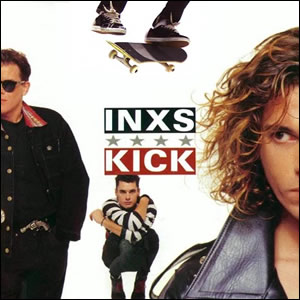
Buy Kick The Australian band INXS reached their absolute commercial peak with the well-crafted pop/rock/dance album Kick in 1997. This was the band’s sixth overall studio album since 1980 and marked a distinct […]
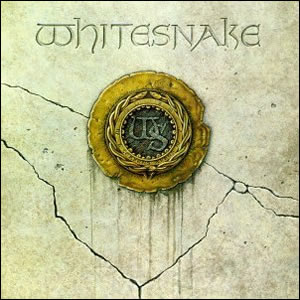
Buy Whitesnake Whitesnake‘s eponymous 1987 album bears the dual distinction of being the moment where a rock band finally reaches its full commercial promise and assures its own rapid demise. Both of these achievements […]
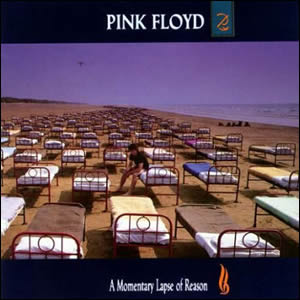
Buy A Momentary Lapse of Reason The first Pink Floyd album not to feature founder and bassist Roger Waters, A Momentary Lapse of Reason represented a definite transition to a new phase in […]

Buy Hysteria After the great success of their 1983 album Pyromania which sold 6 million copies, Def Leppard set out to achieve even loftier goals. They wanted to write an album made of “greatest hits” […]

Buy Are You Experienced? An extraordinary debut by The Jimi Hendrix Experience, Classic Rock Review has named Are You Experienced? as our Album of the Year for the phenomenal music year of 1967. […]
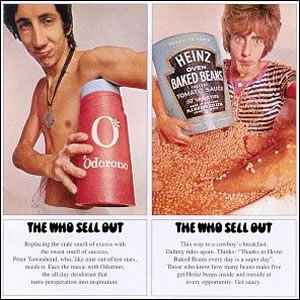
Buy The Who Sell Out After establishing themselves as a successful singles band in the mid 1960s, The Who made a concerted effort to concentrate on making cohesive albums. This all commenced with […]
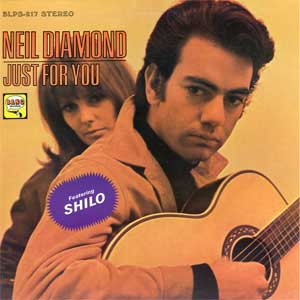
Buy Just For You Neil Diamond broke through in a big way in 1966 and 1967, both as a performer and a respected songwriter (although he had been writing “hit” songs for other […]
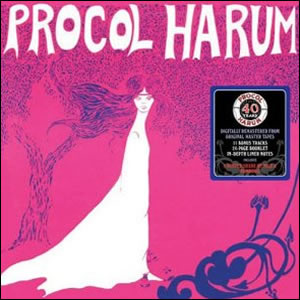
Buy Procol Harum Procol Harum released their fantastic eponymous debut at the end of the summer of 1967 but most listeners have not had an opportunity to hear it as it was created. […]
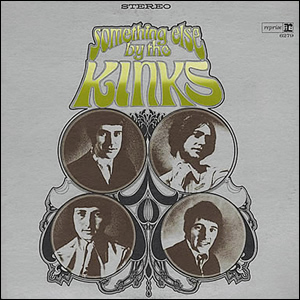
Buy Something Else by The Kinks Something Else by The Kinks was a transitional album which straddled the riff-driven pop songs of their early years and the more artful compositions of the band’s […]
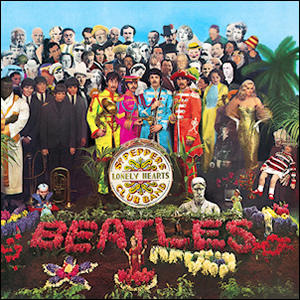
Buy Sgt. Pepper’s Lonely Hearts Club Band Buy Magical Mystery Tour There has never been (nor probably will ever be) a year in which a single band produced so much quality material as […]